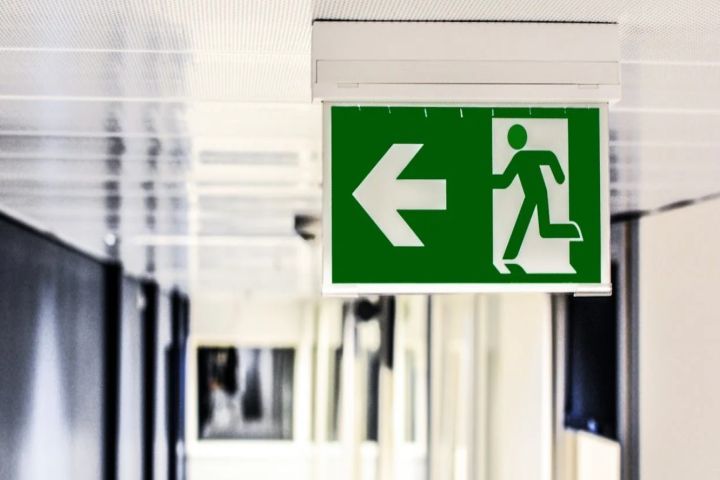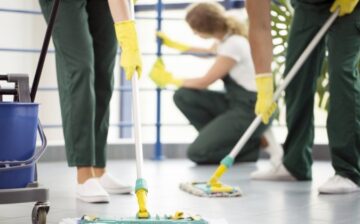Commercial building safety requires careful maintenance. Retail businesses and office complexes are busy, so security is crucial. Building owners and managers must prioritise safety protocols for tenant, property, and operation safety. This article discusses structural integrity, fire prevention, and routine inspections for commercial building safety.

The basis of safety is structural integrity
The foundation of commercial building safety is structural integrity. The foundation, walls, roof, and support structures must be inspected regularly to detect and repair wear and tear. If ignored, cracks in the walls, uneven floors, and roof leaks signal underlying issues that pose serious safety risks. Inspecting and maintaining these elements regularly helps identify and mitigate problems before they become emergencies.
Routine inspections can also ensure that essential components, such as wedge inserts, which stabilize and support the connections between key structural elements, are functioning properly to maintain the overall safety and integrity of the building.
Regular upkeep of a building’s structural components prolongs its life and guarantees immediate safety. By swiftly resolving small faults, building owners can avoid expensive repairs and significant interruptions. This proactive strategy shows a dedication to safety and operational efficiency while maintaining the building’s worth and providing residents with a secure environment.
Fire safety: An essential part of upkeep
Commercial building care requires fire safety. Comprehensive fire protection techniques can greatly reduce fire danger. Fire alarms, sprinklers, and extinguishers must be installed and maintained. It is imperative to conduct routine fire door surveys to ensure that all fire doors operate properly and adhere to safety standards. These fire door surveys identify obstructed or poorly closing doors to avoid fire and smoke spread in emergencies.
Frequent inspections are essential for ongoing safety
Commercial buildings need regular inspections to stay safe. These examinations should encompass electrical, plumbing, and HVAC systems in the facility. Electrical inspections detect fire dangers from poor wiring or overloaded circuits. Plumbing inspections prevent leaks and water damage that could jeopardise the building. Regular HVAC system maintenance provides optimum ventilation and air quality, which are vital to building occupants’ health and safety.
Being ready for any situation in an emergency
Emergency preparedness is another important part of commercial building safety. This requires a clear emergency response plan, including evacuation instructions, emergency contact numbers, and assembly sites. All residents should be trained on these processes through regular drills. Additionally, emergency exits and escape routes should be signposted and unobstructed. Having these elements in place and periodically evaluated can greatly impact an emergency.
Purchasing safety equipment
Advanced safety technology improves commercial building security. Surveillance, access control, and smart building technologies can improve safety. Monitoring systems prevent unauthorised entry and give important footage in emergencies. Access control systems prevent security breaches by allowing only authorised workers into restricted areas. Automated lighting and climate control improve energy economy and safety by optimising operating conditions.
Conclusion
Commercial building safety needs constant dedication and attention to detail. Building owners and facility managers can ensure occupant safety by prioritising structural integrity, fire prevention, frequent inspections, emergency preparedness, and sophisticated safety systems. Regular maintenance and proactive safety measures safeguard people and property, making the facility run smoothly and last longer. In dynamic business settings, proactive safety is essential for peace of mind and operational success.
We hope you found this blog post Ensuring Safety In Commercial Buildings: Key Maintenance Practices, useful. Be sure to check out our post A Must of Regular Roof Inspections on Commercial Buildings for more great tips!
Have Experience in the Moving Industry? Want an Additional Income Stream? Work With All Around Moving!
Partner with us and we’ll help you profit. Click here to learn more.





